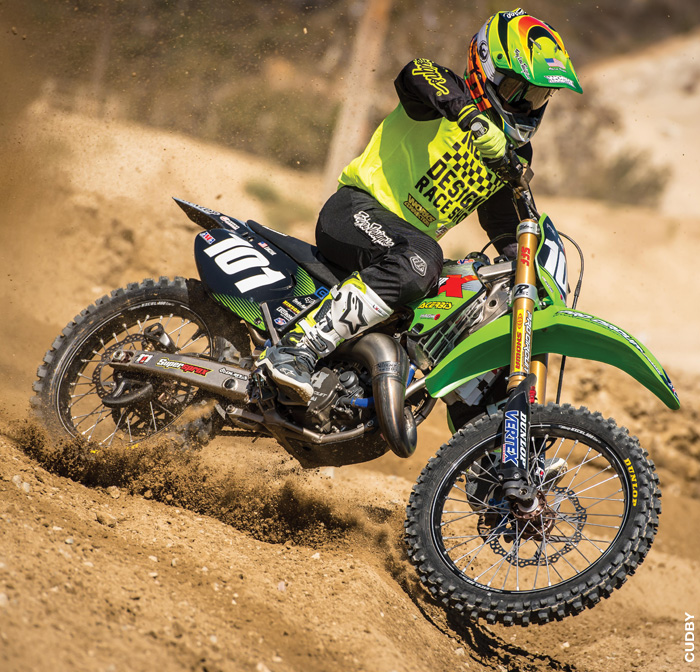



he two-stroke resurgence in our sport is noticeable any time you hit a local track or watch a pro national. I’ve been on my soapbox for years screaming to anybody who will listen that we need to reintroduce the 125 if we want to foster future generations of motocross riders. Simply put, that bike is affordable, easy to ride, and easy to work on. There is also a public demand for the 250 two-stroke, but it’s more from the off-road crowd. Weekend warriors don’t want a heavy four-stroke when they’re navigating local trees and trails.


There’s a roadmap to getting the sport healthy again, and I’ll share a few things I feel will be key. The first one has already happened, thanks to MX Sports: bring 125s back at the pro level and at the highest amateur level. There are schoolboy classes at Loretta Lynn’s as well as a 125 B/C and 125 C class. I would like to see more options, but it’s a start. Also, with the addition of the 125 All Star Series exhibition race at every national (see page 90), the bikes are back in the spotlight for fans. When guys like Ryan Villopoto show up, it makes them look “cool” again.
The second part of that equation is local racing, and it will be up to track owners and race promoters to make it happen. Add more 125 classes! The gates may be small at first, but once people realize there is a fun, affordable class they can race on a local level, you’ll see more of these bikes showing up.
The final part of my Make Motocross Great Again tripod is equal displacement racing. Race promoters and track owners, this one is on you as well. Any 250cc bike should be able to race the 250 class, and same goes for the 450 class, though I doubt you’ll see many 500s show up to race even if they were eligible for the 450 classes. Countries like Australia and Canada have already proven this to be an effective way to add interest, provide an affordable way for privateers to be competitive, and allow the manufacturers to decide which bikes they want to produce and race.
The whole idea of the production rule was to ensure privateer riders could be competitive. The spirit of that rule is good, but if you think building a bike to compete with the Pro Circuit/KTM/GEICO Honda race bikes is affordable, well, no. Allowing 250 two-strokes is a simple way for a local kid to put himself on competitive equipment as he goes head-to-head with the best in the sport. Aussies have said that the change in their rules has revitalized the sport in their country and added another layer of interest for fans who follow it. Look at how much fans rallied behind Gared Steinke when he was racing a two-stroke. You’ll get pushback from the manufacturers who don’t make 250 two-strokes anymore, but the time is right to have that argument with them and dig in your heels a bit.
These changes, if made, would be a shot in the arm for motocross, particularly at the grassroots level. And those new riders are the ones who will ensure our sport thrives, despite riding areas decreasing globally. ![]()

